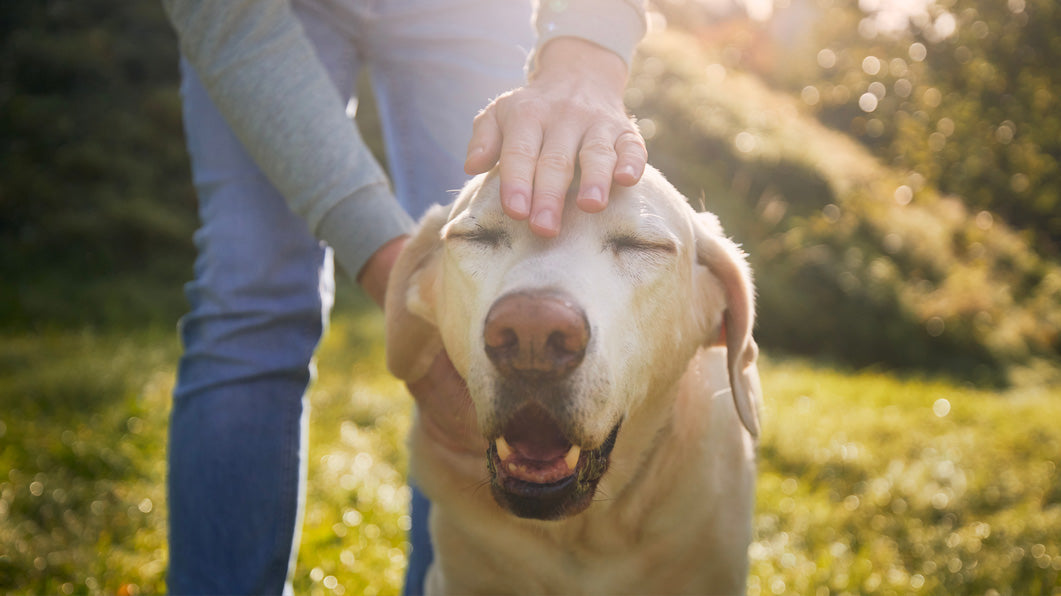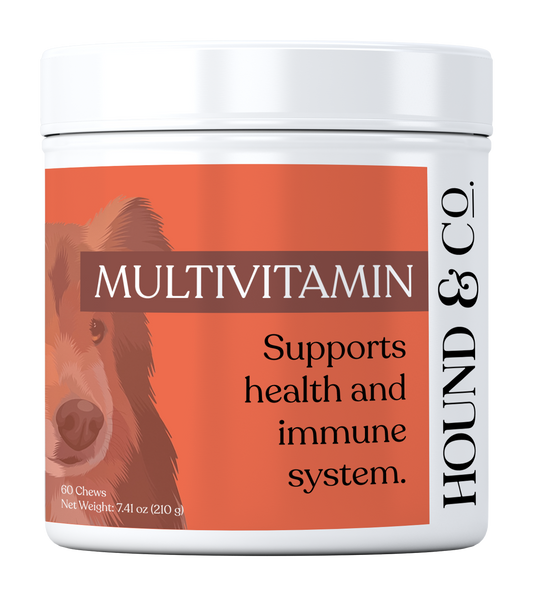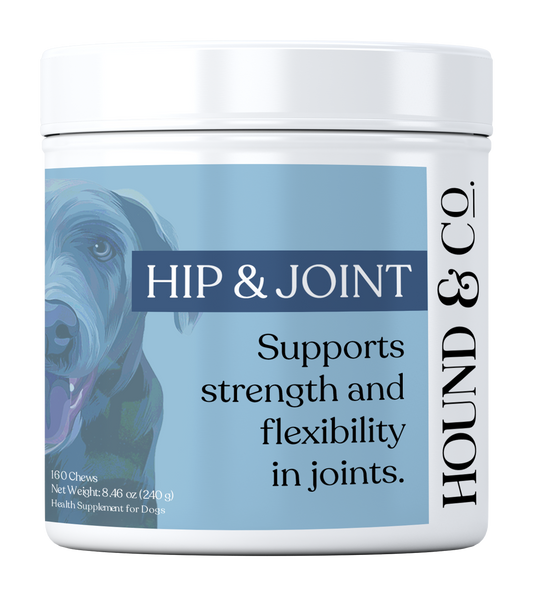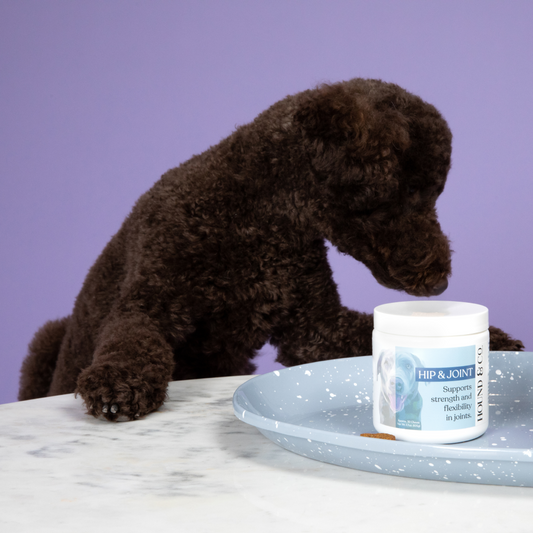Why Your 7-Year-Old Dog Isn’t 49 in Human Years

Vet Reviewed by Dr. Jacob Klos, DVM

You’ve heard it your whole life: one dog year equals seven human years. But science says that’s way off.
While the 7:1 rule is easy to remember, it doesn't reflect how dogs actually age. Recent studies in veterinary medicine and canine genetics have completely reshaped what we know about dog aging—and how to care for them through every life stage.
Where Did the 7-Year Myth Come From?
The idea that one dog year equals seven human years dates back decades, likely created as a simple way to show how quickly dogs age compared to humans. But it was never based on biology—it was just a rough guess based on average lifespan.
The problem? It treats all dogs the same, regardless of breed, size, or health. And as any pet parent knows, not all dogs age alike.
The Real Science: How Dogs Age
Thanks to advances in DNA methylation research (a way to measure biological aging at the cellular level), we now have a much more accurate way to convert dog years to human years.
Here’s what scientists have found:
- Dogs age rapidly in their first two years. By the time your dog is 1, they’re closer to 30 in human years.
- After that, aging slows—but not evenly across all dogs.
- Breed and size play a huge role in lifespan. Giant breeds age more quickly and tend to live shorter lives. Small breeds age more slowly and live longer.
Dog-to-Human Age Chart (According to New Research)
Here’s a more science-based estimate of how dog years compare to human years, based on size:
| Dog’s Age | Small Dog (Under 20 lbs) | Medium Dog (20–50 lbs) | Large Dog (50+ lbs) |
|---|---|---|---|
| 1 year | ~30 human years | ~28 human years | ~22 human years |
| 2 years | ~38 human years | ~36 human years | ~34 human years |
| 7 years | ~44 human years | ~50 human years | ~60 human years |
| 10 years | ~56 human years | ~65 human years | ~80+ human years |
Why This Matters for Your Dog’s Health
Understanding your dog’s true biological age helps you make better decisions at every stage of life:
- Puppyhood: Rapid development means you should prioritize socialization, training, and immune support.
- Adulthood: Time to focus on weight maintenance, joint support, and early allergy management.
- Senior years: Adjust exercise, monitor cognitive function, and consider supplements for joint, skin, and digestive health.
Breed Size and Longevity
Why do large dogs age faster than smaller ones? Scientists believe it comes down to metabolic rate and oxidative stress. Larger breeds grow rapidly, placing more demand on the body’s cells and increasing wear and tear over time.
DNA research also shows that certain genes related to growth and inflammation are more active in larger dogs—which may explain why they experience age-related decline sooner.
How to Support Healthy Aging in Any Dog
No matter your dog’s breed or age, you can help them age gracefully with a few proactive steps:
- Maintain a healthy weight with portion-controlled feeding
- Provide daily exercise tailored to their mobility level
- Incorporate joint, allergy, and gut-supportive nutrients
- Schedule regular vet checkups—especially after age 6
- Watch for subtle changes in mood, movement, or appetite
Every Year Matters
It’s not just about adding years to your dog’s life—it’s about adding life to their years. Knowing your dog’s real age helps you meet them where they are, physically and emotionally.
So the next time someone says, “Your 7-year-old pup is 49,” you can politely let them know—they’re not even close.
Because when you understand the science, you can be the best possible advocate for your dog—at every age.









